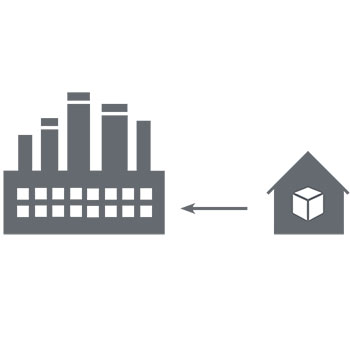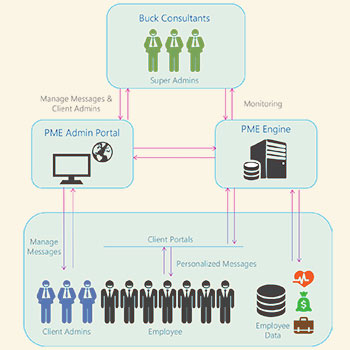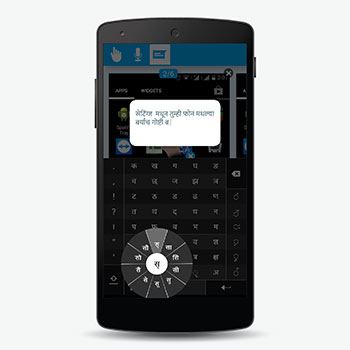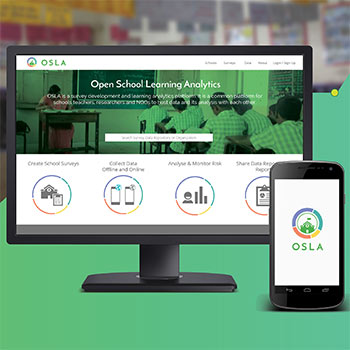Information Architecture of a software product acts as a communication medium in its development life cycle and is expected to translate strategic and structure level requirements of product into actionable skeleton & surface level requirements (according to Garrett’s Model) for designing and implementation team. Modern definition of Information Architecture not only asks how information is being consumed at user-interface level but also enquires how information, itself, is constructed and related. While the definition of Information Architecture is still under debate, lot of researchers have created guidelines and checklist questionnaires to aid people designing information architecture. Although guidelines and checklists questionnaires help people design information architecture without missing important aspects, the cognitive process of designing information architecture still remains a black-box method. While unearthing the cognitive process of IA creation, the fundamental fact which needs to be understood is that ultimately different users want to perform different tasks on or using the product and these tasks have dependencies on each other. So finding task-flows, a set of logically sequenced dependant tasks, becomes key to solve this problem. Hence, our approach includes one to understand essential tasks of different user roles, to break them into unit level tasks and finally to come up with content level task- flows. To create navigational structure of user-interfaces, we created bottom- up and top-down approaches. In bottom-up approach, navigational structure is created by combining common tasks among content level task-flows of all users, thereby creating the overall task-flow. Later, immediately In top- down approach, one can create navigational structure of views by customizing generic navigation templates for identified objects in information model and connect them based on relationship between objects.







